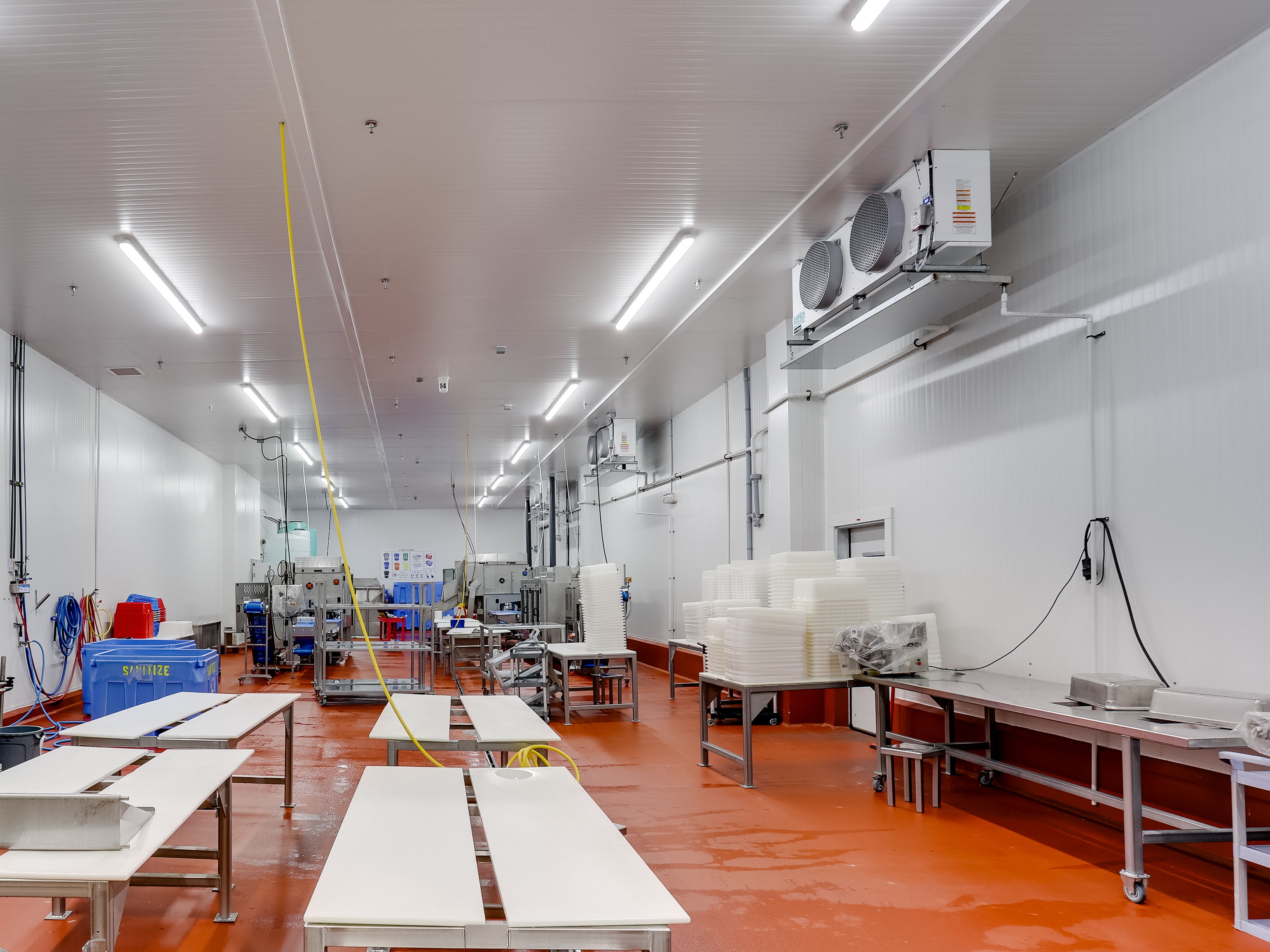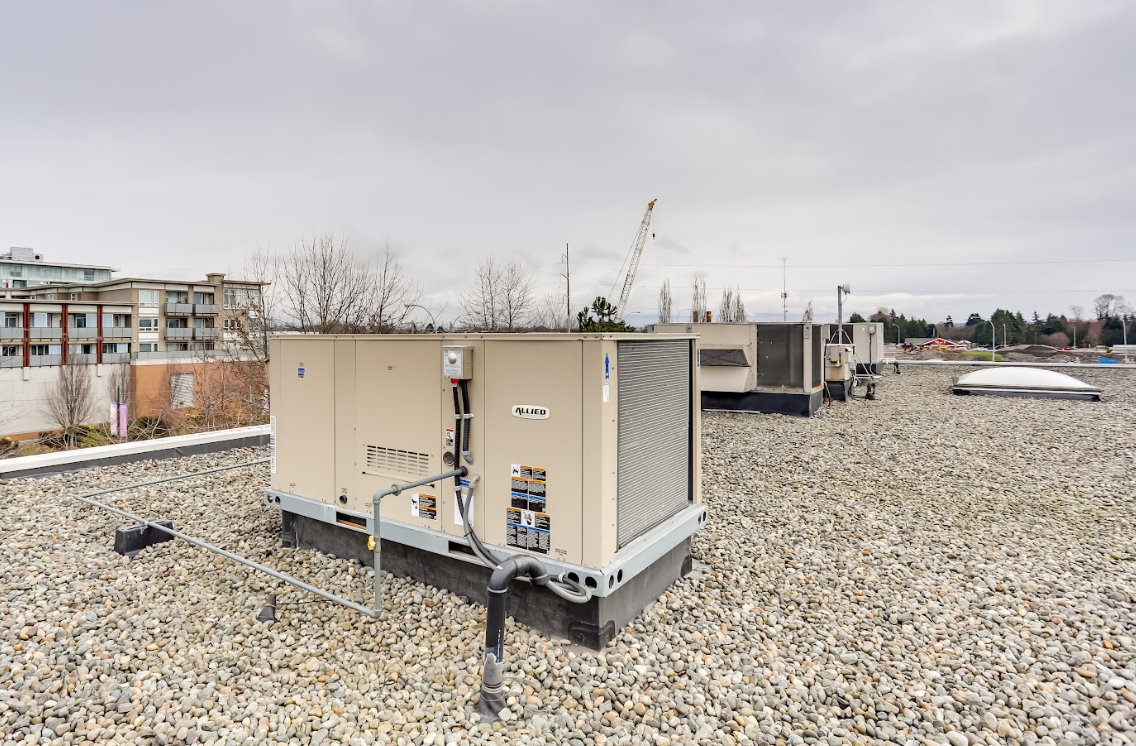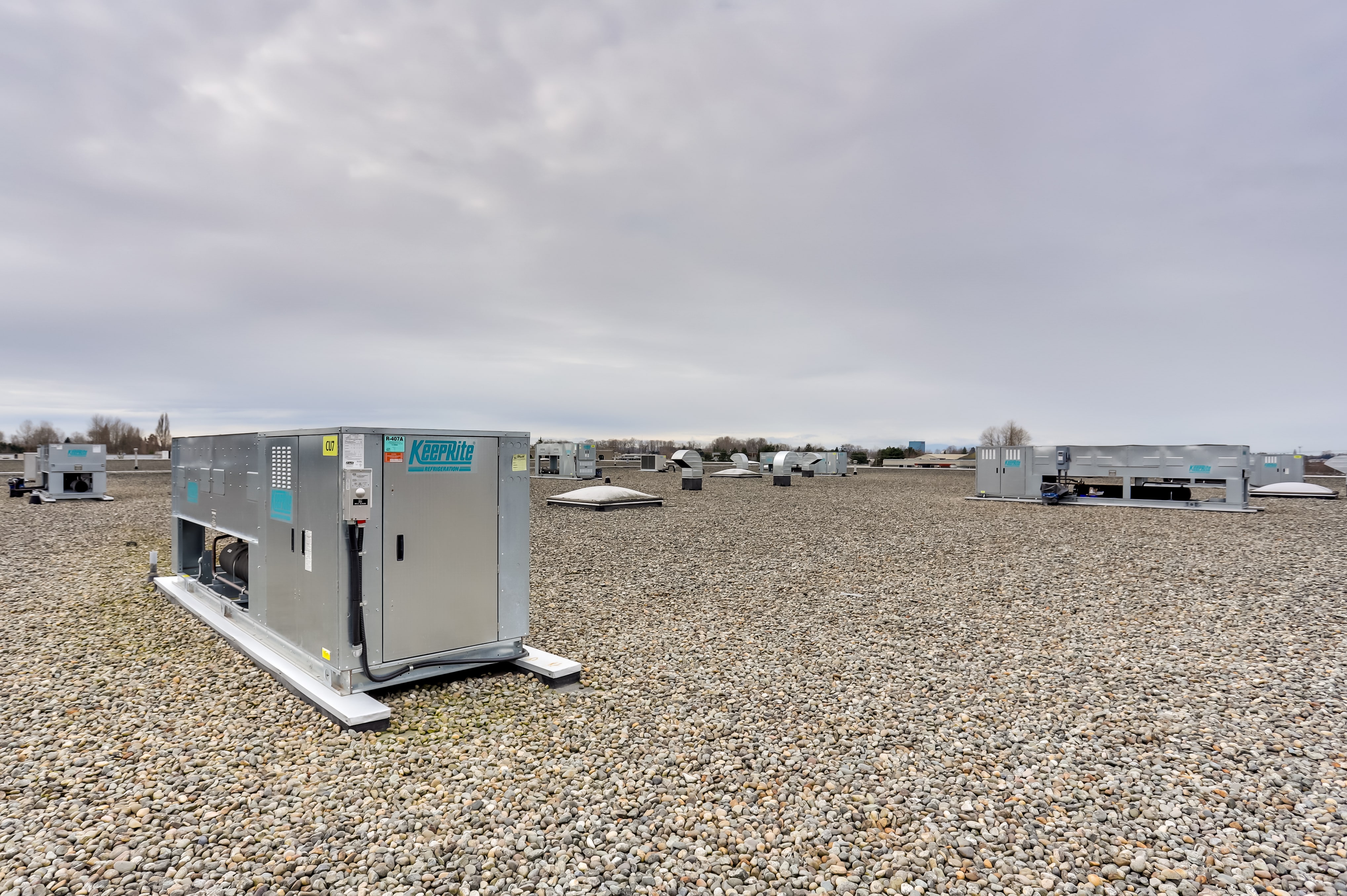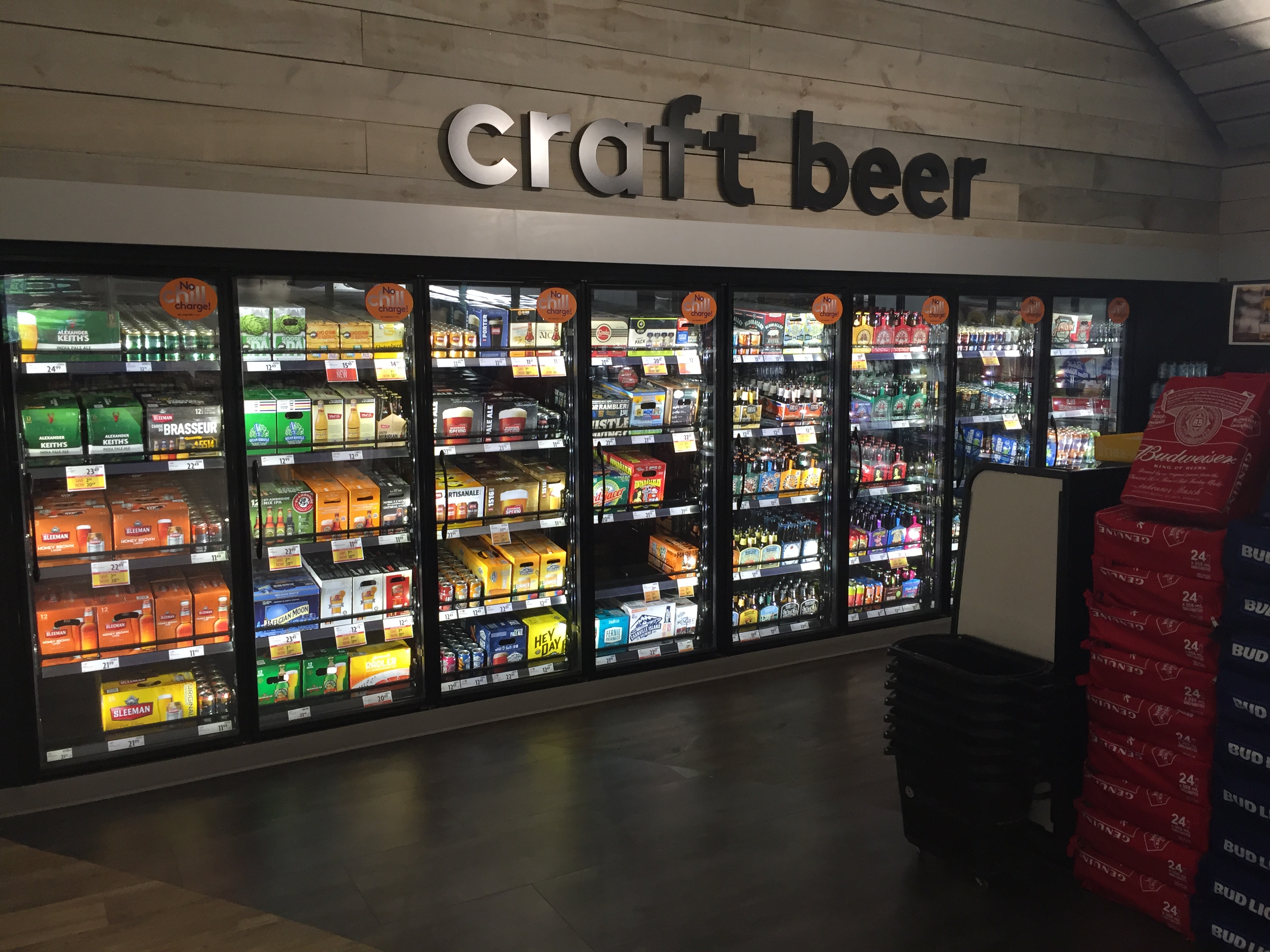Navigating the Regulations: Compliance in Commercial Refrigeration in Canada
In the dynamic world of commercial refrigeration, compliance with regulations and standards is paramount to ensure the safety of food products, protect the environment, and promote energy efficiency. As businesses in Canada strive to meet these regulatory requirements, navigating the landscape of compliance in commercial refrigeration becomes essential. In this article, we'll explore the key regulations and standards that businesses in Canada need to consider when it comes to commercial refrigeration.
Health Canada Regulations
Health Canada plays a central role in regulating food safety and ensuring that commercial refrigeration systems meet the necessary standards to safeguard public health. The Food and Drugs Act and the Food and Drug Regulations outline the requirements for the safe storage and handling of food products. Businesses must ensure that their refrigeration systems maintain the required temperatures to prevent the growth of bacteria and ensure the freshness and safety of perishable goods.
Environmental Regulations
In addition to food safety regulations, businesses in Canada must comply with environmental regulations aimed at reducing greenhouse gas emissions and protecting the ozone layer. The Canadian Environmental Protection Act sets out regulations for the use and disposal of refrigerants, which are potent greenhouse gases. Businesses must ensure that their refrigeration systems use approved refrigerants and adhere to guidelines for leak prevention, containment, and proper disposal.

Energy Efficiency Standards
With a growing emphasis on energy efficiency and sustainability, businesses in Canada are also subject to energy efficiency standards for commercial refrigeration systems. The Energy Efficiency Regulations establish minimum energy performance standards for various types of refrigeration equipment, including walk-in coolers, reach-in refrigerators, and commercial ice makers. By investing in energy-efficient refrigeration equipment, businesses can reduce their energy consumption, lower operating costs, and minimize their environmental footprint.
Building Codes and Standards
Building codes and standards also play a significant role in regulating commercial refrigeration systems in Canada. The National Building Code of Canada and provincial building codes set out requirements for the design, construction, and installation of refrigeration systems to ensure structural integrity, fire safety, and occupant comfort. Businesses must ensure that their refrigeration systems comply with these codes and standards to obtain building permits and approvals.
Occupational Health and Safety Regulations
Occupational health and safety regulations govern the safe operation and maintenance of commercial refrigeration systems to protect workers from hazards such as exposure to refrigerants, electrical shock, and ergonomic risks. The Canada Labour Code and provincial occupational health and safety legislation establish requirements for training, certification, and safe work practices for personnel involved in the operation, maintenance, and servicing of refrigeration equipment.

Conclusion
Compliance with regulations and standards is a critical aspect of commercial refrigeration in Canada, ensuring the safety of food products, protecting the environment, and promoting energy efficiency. By understanding and adhering to health, environmental, energy efficiency, building, and occupational health and safety regulations, businesses can navigate the complex landscape of compliance in commercial refrigeration and contribute to a safer, healthier, and more sustainable future.
For more information on commercial refrigeration compliance and regulations in Canada, consult Health Canada, Environment and Climate Change Canada, Natural Resources Canada, and the Canadian Centre for Occupational Health and Safety. Additionally, consider partnering with reputable commercial refrigeration providers who can offer guidance and expertise in navigating regulatory requirements and ensuring compliance with industry standards.



.jpeg)

